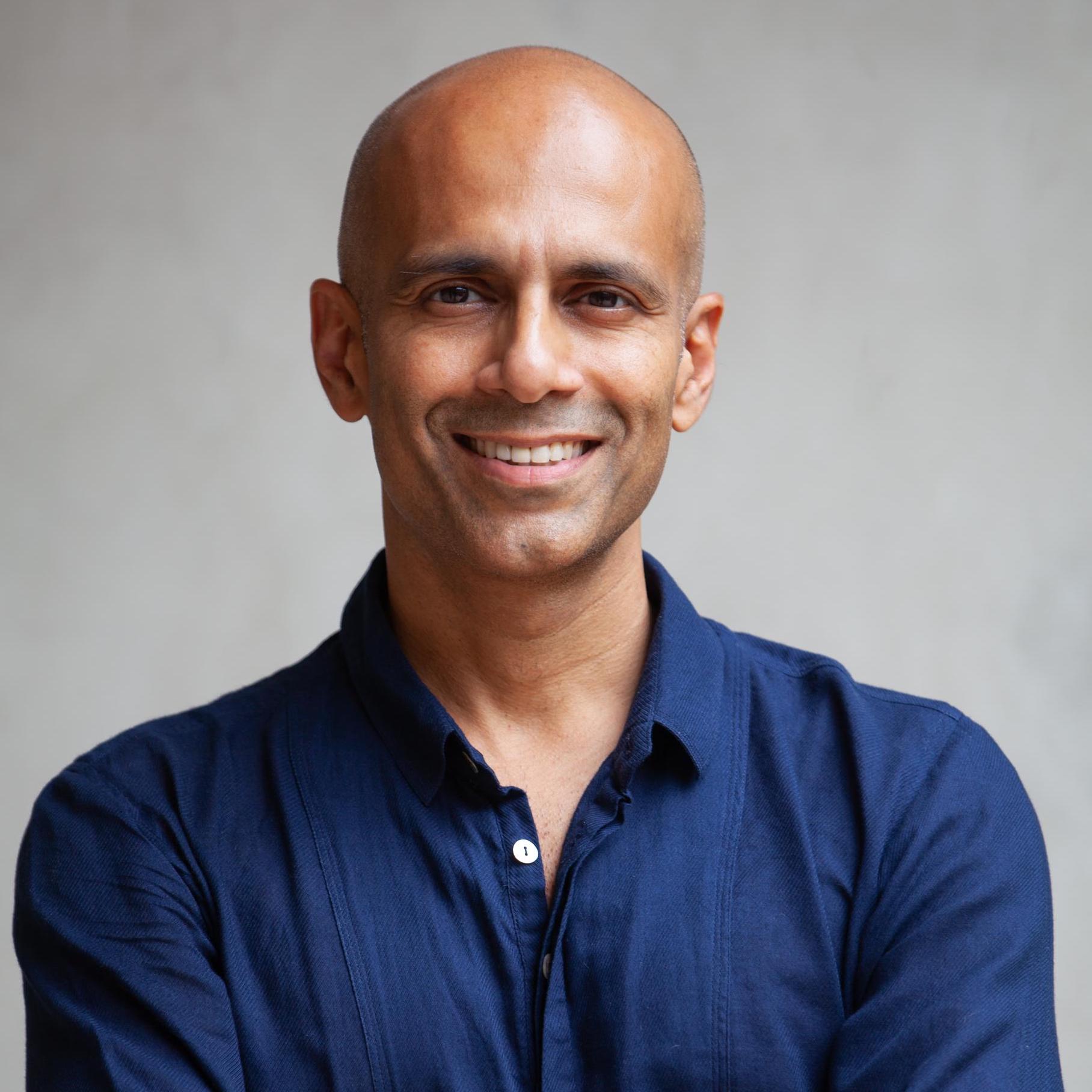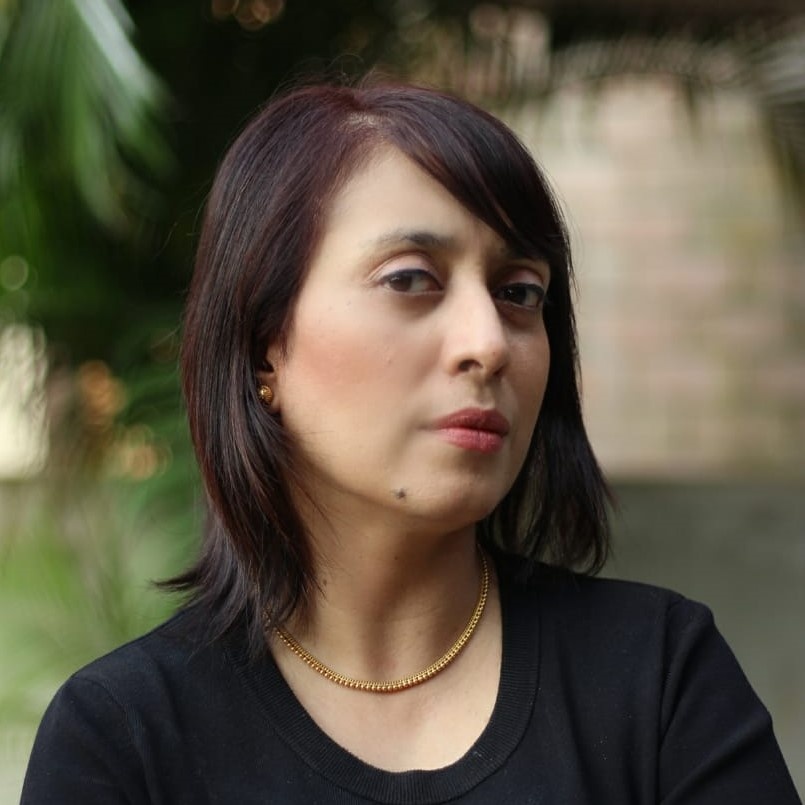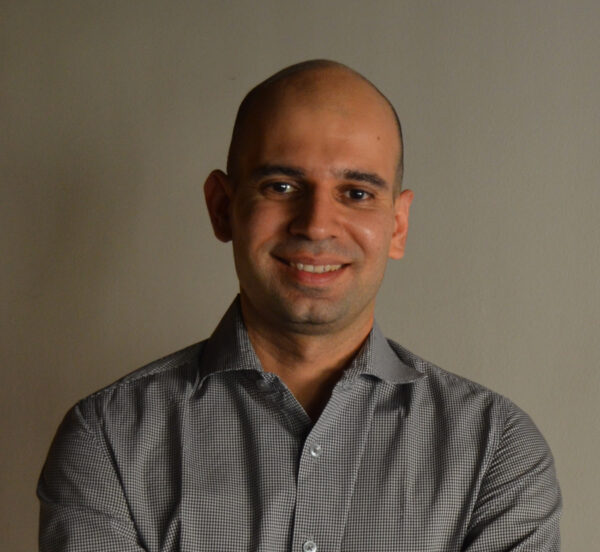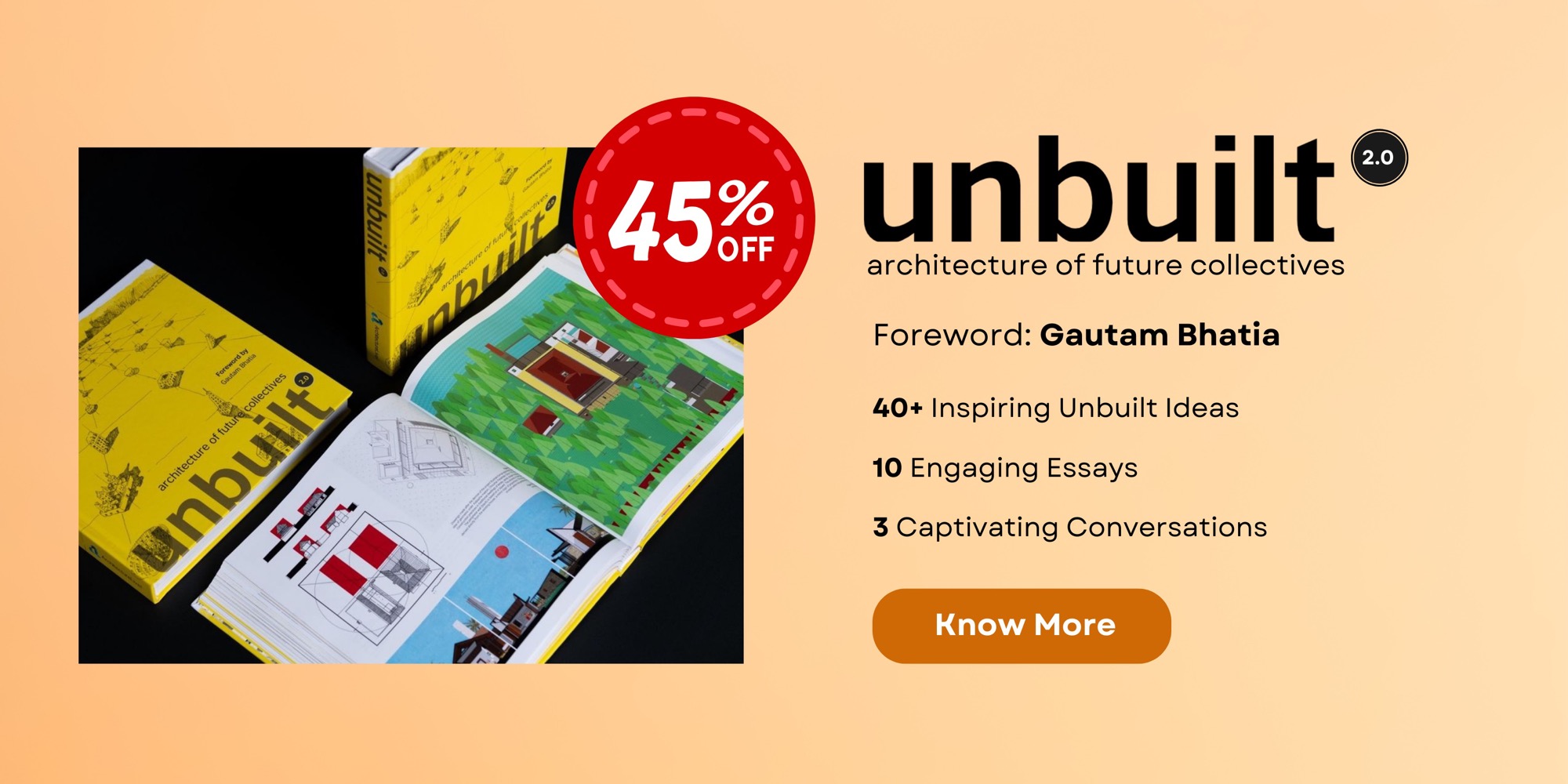In Memoriam

Revathi and Vasant kamath
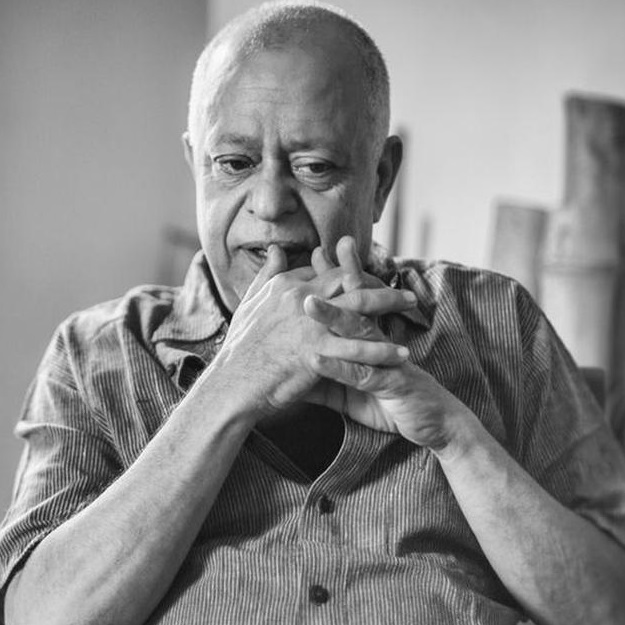
Pradeep Sachdeva

Munishwar Nath Ashish Ganju
What is the Architecture of Future Collectives?
The current covid 19 pandemic has only intensified a major fault line in our contemporary world. While the present situation has exposed the inadequacy of our institutions – the home, institutions related to governance, production, learning, leisure, and has rendered the street a dangerous place, it seems like this crisis was already in the making. Our lives were getting increasingly fragmented, at the same time ironically increasingly networked. The utopia of the public that had fired architectural imagination post-independence was already splintering into privatopias of hedonism, with the state taking a back seat. At the same time, we were seeing new ecologies of learning emerging outside the university, new forms of co-living and co-working, new agile forms of production and new forms of leisure. The street had intensified its use from being choked by traffic on the one hand to becoming a home for the city’s many migrants. These are no longer the homogenous modern publics of civil society but multiple collectives that are agile and shapeshifting. It seems like it is these collectives that will be able to salvage our otherwise splintering futures. The question we ask is, ‘what is the architecture of these collectives?’ What new spaces do they occupy? What are our new forms of home and living? What new institutions have we evolved? What are our new spaces of production, of learning, leisure and the street? And what are the new futures of these collectives, that promise to tide us through?
What is the architecture of future collectives?
The future of home and living
The future of learning
The future of institutions
The future of production
The future of leisure
The future of the street
Theme and Curation Process
Essayists
unbuilt Ideas by

ORDER YOUR COPY
Design

Abdul
Bari

Nikitha
Sunil

Deepesh
Sangtani
Supporting Team

Tarjani
Samani
Editorial Assistance
(Conversations: Anupama Kundoo & Sameep Padora, and, Samira Rathod & Khushu Irani)

Nikitha
Sunil
Co-ordinator
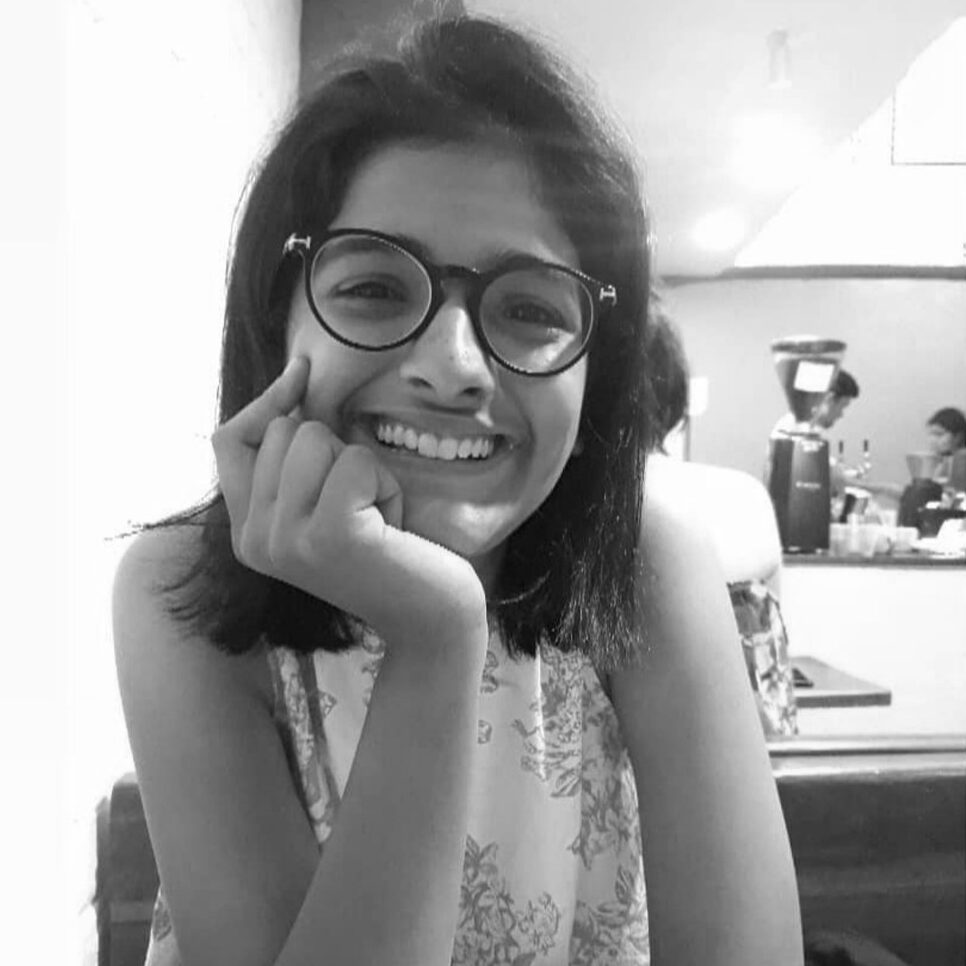
Priya
Anandani
Co-ordinator

Apoorva
Mhalas
Communication Coordination

Rohit
Tandon
Social Media

Sagar
Vyavahare
Content Management
Supporting Partners
Contact Us
Orders / General queries
[email protected]
Distribution and Partnership Inquiries
[email protected]




